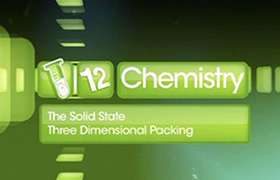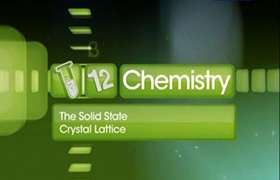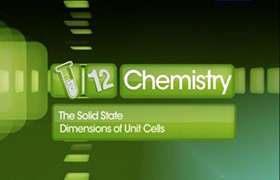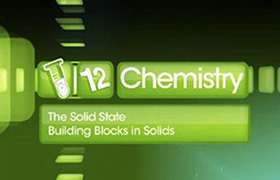CBSE Class 12-science Answered
kindly explain applications of n-type and p-type semiconductors
Asked by suchet_r | 10 Sep, 2011, 01:53: PM
Depending on the type of impurity added, the extrinsic conductors can be divided into two classes namely
(i) n-type semiconductors and
(ii) p-type semiconductors.
(i) n-Type Extrinsic Semiconductors: When a small amount of pentavalent impurity, such as arsenic, antimony, bismuth or phosphorous, is added to a pure semiconductor crystal during the crystal growth, the resulting crystal is called as n-type extrinsic semiconductor.
p-type Extrinsic Semiconductors.. When a small amount of trivalent impurity such as boron, gallium, indium or aluminum, is added to a pure semiconductor crystal growth, the resulting crystal is called the p-type extrinsic semiconductor.
Answered by | 10 Sep, 2011, 10:33: PM
Concept Videos
CBSE 12-science - Chemistry
Asked by rasmimajhi07 | 21 Nov, 2023, 10:22: PM
CBSE 12-science - Chemistry
Asked by pradeepkumar70258 | 04 Oct, 2023, 10:30: PM
CBSE 12-science - Chemistry
Asked by shreyasingh3652 | 28 May, 2022, 11:06: PM
CBSE 12-science - Chemistry
Asked by harshul2019 | 25 May, 2022, 08:52: PM
CBSE 12-science - Chemistry
Asked by sardaarjii2012 | 31 Oct, 2021, 09:05: PM
CBSE 12-science - Chemistry
Asked by karennavarpriya | 20 Aug, 2021, 01:53: PM
CBSE 12-science - Chemistry
Asked by akash9322793205 | 12 Aug, 2021, 09:30: AM
CBSE 12-science - Chemistry
Asked by shrinithishri2003 | 22 Jun, 2021, 12:09: AM
CBSE 12-science - Chemistry
Asked by apoorvaks26 | 10 May, 2021, 09:24: AM
CBSE 12-science - Chemistry
Asked by arushidabhade | 17 Mar, 2021, 01:24: PM






